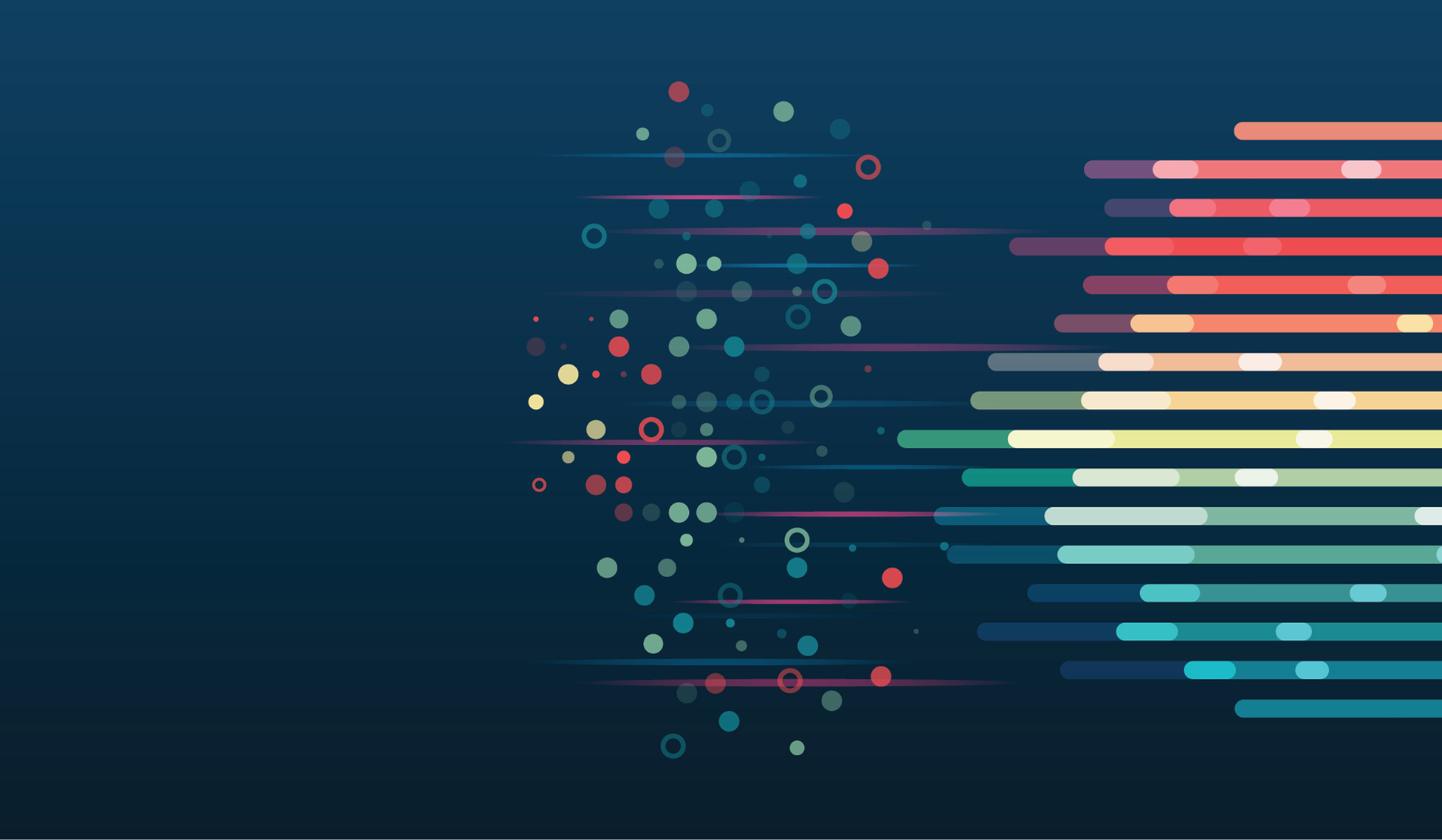What If Your Workspace Cleaned Itself?

Digital clutter builds slowly. A dozen new tabs. Ten fresh Slack channels. A handful of half-finished docs, forgotten emails, and meeting notes you swear you’ll get back to. No one plans for content chaos, yet it shows up on every team.
What if it didn’t?
What if your tools helped you keep things organized by default—without needing to tag every file, pin every message, or remember which doc has the final version? Imagine a workspace that noticed what mattered, helped you find it when needed, and let everything else fade into the background until called for.
This isn’t just wishful thinking. It’s the future of digital work.
David Allen Saw It Coming
More than two decades ago, David Allen laid the groundwork in Getting Things Done. His message was simple: “Your mind is for having ideas, not holding them.” He argued that unstructured information creates unnecessary stress. Systems, he said, should catch content so you don’t have to.
That principle applies not just to your to-do list but to your entire workspace. If your work tools are constantly adding information but not helping organize it, you end up relying on memory, bookmarks, and personal hacks to stay afloat.
That doesn’t scale.
Some Tools Are Starting to Help
New products are beginning to deliver thoughtful content collection and move toward systems that organize as you go.
Notion now uses AI to summarize meeting notes, suggest tags, and draft docs. Their Enterprise Search brings content together. They’ve even launched an email client—trying to connect the dots.
Slack AI offers channel recaps and decision highlights, a step toward relevance over recency.
Superhuman focuses on inbox prioritization. It surfaces what matters and quiets the noise.
These are early steps. But they point in the right direction: the future workspace is active, not passive.
Clean Doesn’t Mean Gone
The fear with automation is loss of control. What gets missed? What gets deleted?
Content Collection avoids that. It doesn’t delete or archive anything on its own. It observes, summarizes, and highlights—without throwing anything away.
A Slack summary doesn’t erase the conversation. A Notion draft doesn’t hide the links. You can always go back. The system just saves you time by putting what matters in front of you.
A Workspace That Helps You Work
Most tools help you create content—write docs, edit videos, build decks. Few help you collect and shape content before that.
Content Collection changes that. It turns communication into clarity. Instead of relying on humans to tag or organize everything, it watches Slack, email, Zoom, and notes—then transforms fragments into knowledge.
The goal isn’t to replace thinking. It’s to support it. To spend less time cleaning up after your tools and more time doing your best work.
Imagine a workspace that actually helps you work. That’s where we’re heading.
Sources
- Browser Media. (2023). The problem with content grading tools. Retrieved from https://browsermedia.agency/blog/the-problem-with-content-grading-tools/
- New America. (2023). The limitations of automated tools in content moderation. Retrieved from https://www.newamerica.org/oti/reports/everything-moderation-analysis-how-internet-platforms-are-using-artificial-intelligence-moderate-user-generated-content/the-limitations-of-automated-tools-in-content-moderation/
- YouTube. (n.d.). Bad content and the tools that enable it [Video]. YouTube. Retrieved from https://www.youtube.com/watch?v=Q-BFZ_NB-wg